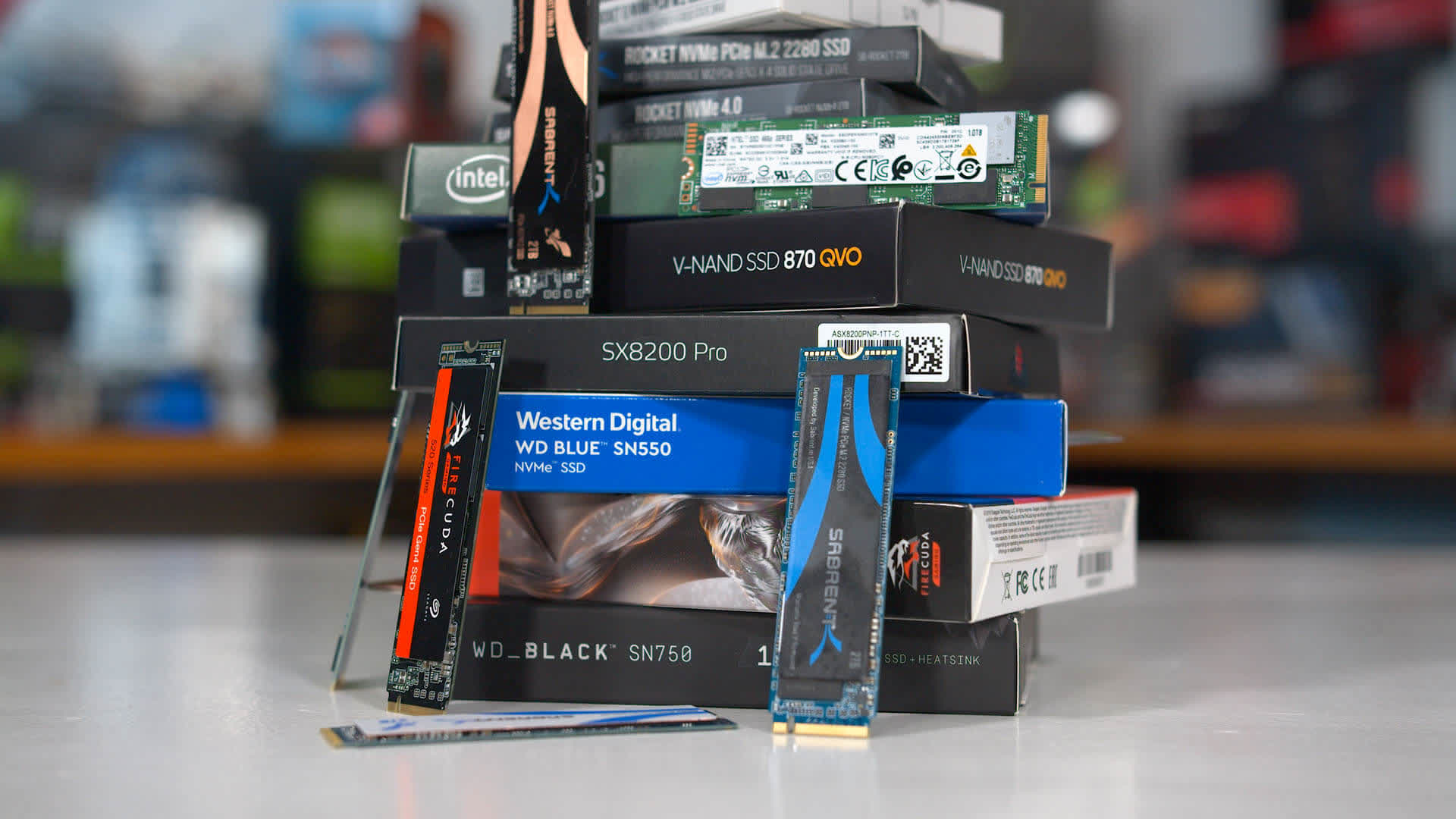In brief: A handful of SSD manufacturers including Corsair, Goodram and Gigabyte have announced PCIe 5.0 x4 SSDs in recent months, all based on Phison's E26 controller. Corsair and Goodram said their drives can reach sequential speeds of up to 10,000 MB/s but Gigabyte's Aorus is able to push the boundary to 12,454 MB/s. What gives?
As Tom's Hardware explains, it all comes down to 3D NAND selection. To saturate a PCIe 5.0 x4 drive (15.754 GBps in both directions), you need 3D NAND with a 2400 MTps interface. Micron was the first to announce this type of memory back in July. SK Hynix and YMTC followed in early August. The problem is that yields of such chips are very low, thus making them a bit of a rare bird right now. The good news is that most chips that fail at 2400 MTps work just fine at 1600 MTps, so they can be used to create slower drives.
Sources familiar with the matter told Tom's Hardware that mass production of Micron chips that work perfectly at 2400 MTps data transfer rates is not expected until sometime in early 2023. Worse yet, Micron is said to be ahead of its rivals in terms of production and maturity so it is unlikely that another player will leapfrog them in terms of chip readiness.

Gigabyte announced its speedy Aorus Gen5 10000 SSD in mid-August but did not say when it would be available or how much it would cost. With any luck, they will be able to secure enough chips for a proper launch and price it within reason.
In theory, slower drives from Corsair and Goodram should be more widely available and not hit your wallet as hard. Galax is also said to be testing its HOF Extreme 50 SSDs with Micron's 232-layer 2400 MTps chips. Assuming they did not get priority access to an early batch for manufacturing, these probably will not be available commercially until sometime next spring at the earliest.
